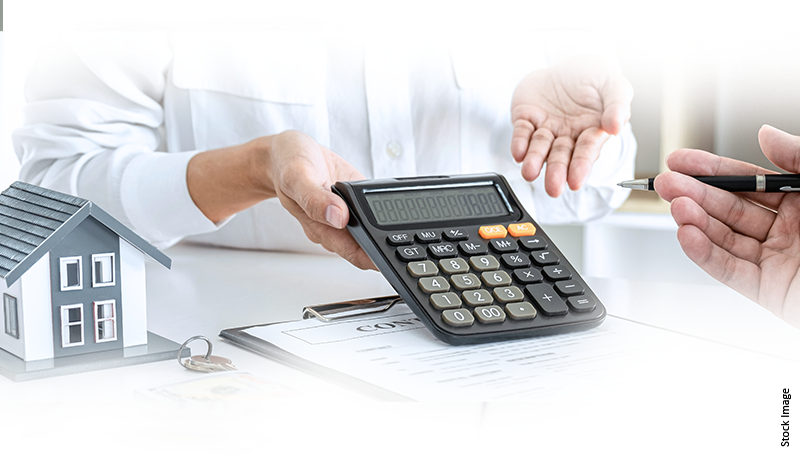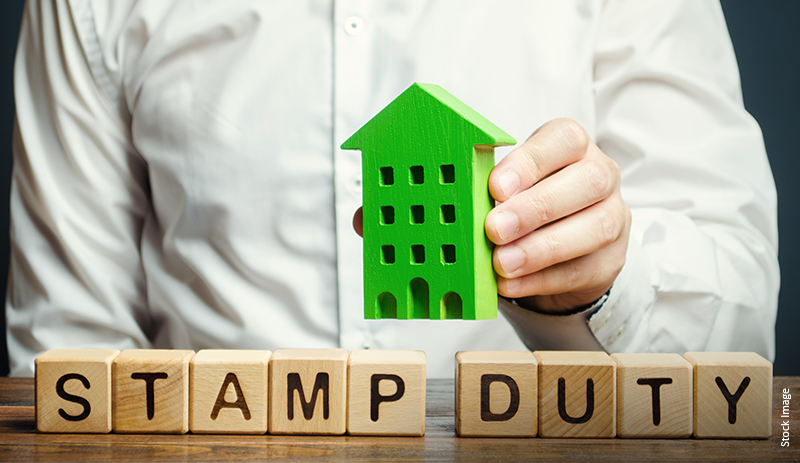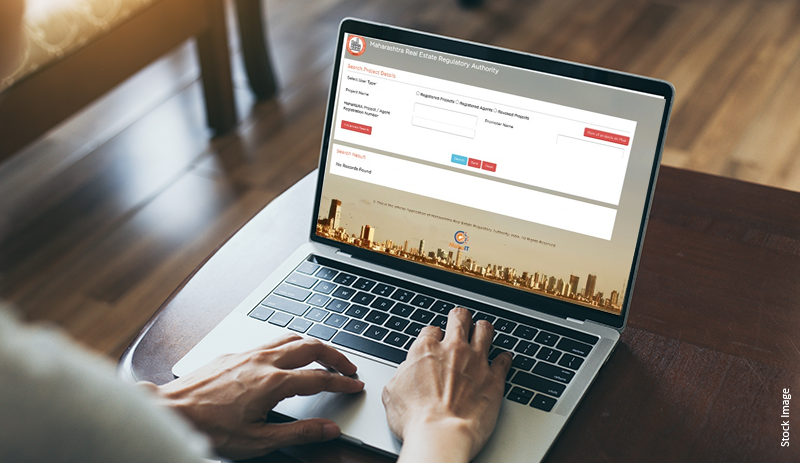Under Section 3 of the Indian Stamp Act of 1899, all homebuyers in India must pay stamp duty and one-time property registration charges to the Government. Without paying the stamp duty charge, one cannot complete the registration process for their property. This article will act as a complete guide for homebuyers who want to know what stamp duty on a property is, how to calculate the stamp duty value of a property, and how to pay stamp duty online.
What is Stamp Duty?
Stamp duty is a special type of tax paid to the State Governments. Stamp duty is levied whenever there is a new property registration or ownership transfer between two parties. It acts as legal proof for the ownership of commercial or residential properties. Certain states have their own separate stamp act, and provisions of that act apply to those states. All laws, charges, rates, and instruments related to stamp duty in India are mentioned in the Indian Stamp Act of 1899.
State-wise Stamp Duty Rates in India
Since State Governments levy stamp duty, stamp duty rates differ in India from one state to another. It means that a person buying a house in Maharashtra may have to pay lower or higher stamp duty than a person buying a same-sized house in a different state. In some states, stamp duty rates may also vary based on the age and gender of the property owner.
Usually, stamp duty rates in different Indian states vary between 3 to 10 percent of the property’s market value. Below are the stamp duty rates in various Indian states:
- Andhra Pradesh – 5%
- Arunachal Pradesh – 6%
- Assam – 8.25% of consideration
- Bihar – 7% + 2% duty on transfer (within municipal limits)
- Chhattisgarh – 7.5% of market value
- Goa – 8% of consideration
- Gujarat – 4.90%
- Haryana – 12.5% of consideration
- Himachal Pradesh – 5%
- Jammu and Kashmir – 5%
- Jharkhand – 7% + 2% duty on transfer
- Karnataka – 10% of market value (within Bangalore Metropolitan Regional Development Authority); 9% (Corporation or Town Panchayat) of market value
- Kerela – 8.5% (transfer of immovable property within the Municipal Corporation)
- Madhya Pradesh – 7.5% of market value
- Maharashtra – 10% of market value (Municipal Corporation of Pune, Navi Mumbai)
- Manipur – 7%
- Meghalaya – 4.6 % (up to Rs.50,000) of consideration, 6 % (Rs.50,000 to Rs.90,000) of consideration, 8% (Rs.90,000 to Rs.1,50,000) of consideration, 9.9% (above Rs.1,50,000) of consideration
- Mizoram – 9%
- Nagaland – 7.5% of consideration
- Odisha – 4% for females and 5% for males
- Punjab – 6% of consideration
- Rajasthan – 11% of market value of property
- Sikkim – 5% for Sikkimese origin people and 10% for others
- Tamil Nadu – 8% of market value
- Telangana – 5%
- Tripura – 5% of consideration
- Uttar Pradesh – 8% of market value or consideration, (whichever is greater)
- Uttarakhand – 3.75% for females and 5% for males
- West Bengal – 6% for properties worth up to ₹1 crore and 7% for properties worth more than ₹1 crore
How to pay stamp duty in India?
A homebuyer can pay the stamp duty charge in India online or offline. However, suppose one wants to pay stamp duty on property offline, one needs to buy a physical stamp paper, mention all required details of the property on that paper, and then submit it to the applicable State Government authority.
Alternatively, one can also pay the stamp duty online through e-stamping. E-stamping is the simplest and most convenient method of paying stamp duty to the Government. However, this facility is currently unavailable in some states in India.
How to pay stamp duty online?
Below are the steps one needs to follow to pay stamp duty on property online:
- Visit the e-stamping website of the state where the property has been purchased.
- Next, one needs to register on the portal to create a unique login ID and password.
- One can then log into the respective e-stamping website by entering their login ID and password.
- Then, one needs to select the appropriate option for the payment of stamp duty on the property and enter property details, such as district, name of the buyer and seller, location, area, etc.
- An acknowledgment number will be generated. The users can use this acknowledgment number to make an online payment of their stamp duty using a debit card, net banking facility, mobile wallet, or any other available online payment method.
- Upon successful payment, a receipt will be generated. One can download and print this receipt to keep a record of stamp duty payment.
The final words
Compared to the offline mode, it is better to pay stamp duty online as it entails added convenience and greater flexibility. Moreover, one can also take the help of third-party websites or brokers to pay stamp duty online without any hassles.
Disclaimer- This article is based on the information publicly available for general use as well as reference links mentioned herein. We do not claim any responsibility regarding the genuineness of the same. The information provided herein does not, and is not intended to, constitute legal advice; instead, it is for general informational purposes only. We expressly disclaim any liability, which may arise due to any decision taken by any person/s basis the article hereof. Readers should obtain separate advice with respect to any particular information provided herein.








 Table of Contents
Table of Contents







